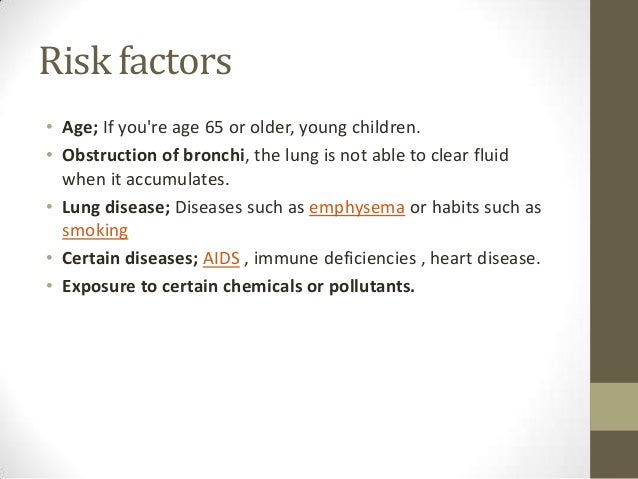
Antenatal Bartter syndrome is frequently caused by mutations in the sodium-potassium-chloride cotransporter encoded by the SLC12A1 gene or in the potassium channel Kir 1.1 (or ROMK) encoded by the KCNJ1 (potassium inwardly rectifying channel, subfamily J, member 1, alias Kir1.1, or ROMK1) gene. Classical form presents a milder phenotype, and diagnosis is frequently delayed from infancy to adolescence ( 2).īartter syndrome is caused by loss-of-function mutations in the genes encoding for four proteins involved in NaCl transport in the thick ascending limb of Henle's loop and in the distal convoluted tubule ( 6– 10). In a few cases, antenatal Bartter syndrome is associated with deafness ( 4, 5). Antenatal presentation associates polyhydramnios, premature birth, postnatal polyuria complicated by severe dehydration episodes, recurrent vomiting, failure to thrive, growth retardation, and hypercalciuria with nephrocalcinosis ( 3). Two distinct clinical presentations are described: antenatal form and “classical” form. In conclusion, Bartter syndrome can be prenatally suspected on amniotic fluid biochemistry (sensitivity 93% and specificity 100%), allowing appropriate management before and after birth.īartter syndrome in infancy and childhood results from a group of autosomal recessive disorders characterized by polyuria and renal sodium chloride loss and, as a consequence, secondary hyperaldosteronism with hypokalemia, metabolic alkalosis, and with normal or low blood pressure ( 1– 3). No statistical difference was observed for electrolytes. In Bartter syndrome, we observed significant differences ( p < 0.0001) for protein amniotic fluid levels when compared with the two control groups (1.55 g/L, 3.9 g/L, and 5.2 g/L, respectively) and low Bartter index (0.16, 0.82, and 1.0, respectively). Results were compared with two control groups matched for gestational age-non-Bartter polyhydramnios ( n = 30) and nonpolyhydramnios ( n = 60). We assayed total proteins, alpha-fetoprotein, and electrolytes and defined a Bartter index corresponding to the multiplication of total protein and of alpha-fetoprotein. We retrospectively studied 16 amniotic fluids of Bartter syndrome-affected fetuses diagnosed after birth, only six of them being genetically proven. The aim of this study was to analyze amniotic fluid biochemistry for the prediction of Bartter syndrome. Prenatal genetic diagnosis needs an index case. After birth, polyuria leads to life-threatening dehydration.



Prenatal manifestations, mainly recurrent polyhydramnios because of fetal polyuria, lead to premature delivery. The responsible genes encode proteins involved in electrolyte tubular reabsorption. Bartter syndrome is an autosomic recessive disease characterized by severe polyuria and sodium renal loss.


 0 kommentar(er)
0 kommentar(er)
